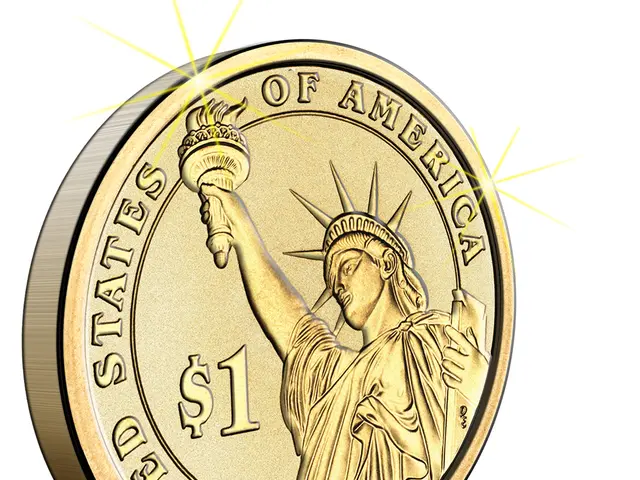Top 20 High-Yield ETFs with the Highest Dividends for July 2025
Investing in high-dividend ETFs can be an effective way to boost cash flow and diversify one's portfolio. With a zero account minimum and a wide range of options available, these exchange-traded funds (ETFs) provide exposure to a niche of stocks that consistently pay dividends. However, it's essential to be aware of the potential risks associated with these investments.
High-dividend ETFs often focus on yield without adequately filtering out distressed companies, a phenomenon known as value traps. For instance, the SPDR Portfolio S&P 500 High Dividend ETF (SPYD) ranks stocks by their yield, which can lead to holding companies with declining stock prices and uncertain prospects, such as Macy's, which eventually suspended its dividend.
Market volatility is another risk to consider. High-dividend ETFs can be more volatile than the broader market. During the 2020 market shock, SPYD lost over 45% compared to the S&P 500's 33.8% loss. This volatility can compromise downside protection and principal.
Rising interest rates can also impact the attractiveness of high-dividend ETFs relative to bonds or other fixed-income investments. Additionally, leveraged or structured ETFs may face increased costs and risks due to leverage and derivatives.
Complexity and fees are other factors to consider. Leveraged strategies or covered call ETFs can have higher fees and operational risks, such as counterparty risks in ETNs. These costs can erode returns over time.
Short-term focus is another potential pitfall. Leveraged high-dividend ETFs are typically designed for short-term trading rather than long-term investing, making them unsuitable for buy-and-hold strategies.
Concentration risks are also a concern. Some high-dividend ETFs may suffer from concentration issues, where a significant portion of the portfolio is invested in a few sectors or companies, increasing exposure to specific market risks.
Despite these risks, high-dividend ETFs can offer attractive income. The Nuveen ESG Dividend ETF (NUDV), for example, has a dividend yield of 5.57%, while the Invesco S&P SmallCap High Dividend Low Volatility ETF (XSHD) offers a yield of 7.17%. The iShares Select Dividend ETF (DVY) has a yield of 3.85%, and the Global X SuperDividend U.S. ETF (DIV) has a yield of 5.93%.
A low-cost fund that picks dividend stocks from the S&P 500 stock index offers a broadly diversified package of top U.S. companies. Understanding these risks is crucial for investors seeking to balance income needs with sustainable investment strategies.
Fees for ETF transactions vary by type, with other fees potentially applying. It's always a good idea to research and compare the costs associated with each ETF before investing.
[1] Source: Investopedia [2] Source: Investopedia and The Balance [3] Source: Investopedia and US News & World Report
- To mitigate the risks associated with high-dividend ETFs, it's wise to thoroughly research and compare the costs, fees, and investment strategies of different ETFs before deciding.
- A personal-finance app with a calculator feature can help in comparing the costs and returns of various ETFs, facilitating an informed investment decision.
- In the pursuit of sustainable investment strategies, one should be vigilant about the potential risks such as value traps, market volatility, rising interest rates, and concentration risks associated with high-dividend ETFs.
- By investing in a low-cost ETF that picks dividend stocks from the S&P 500 stock index, investors can enjoy a broadly diversified portfolio while meeting their income needs.
- To optimize personal-finance management, it's essential to consider tax implications when investing in high-dividend ETFs, as the tax treatment of dividends can significantly impact overall returns.








